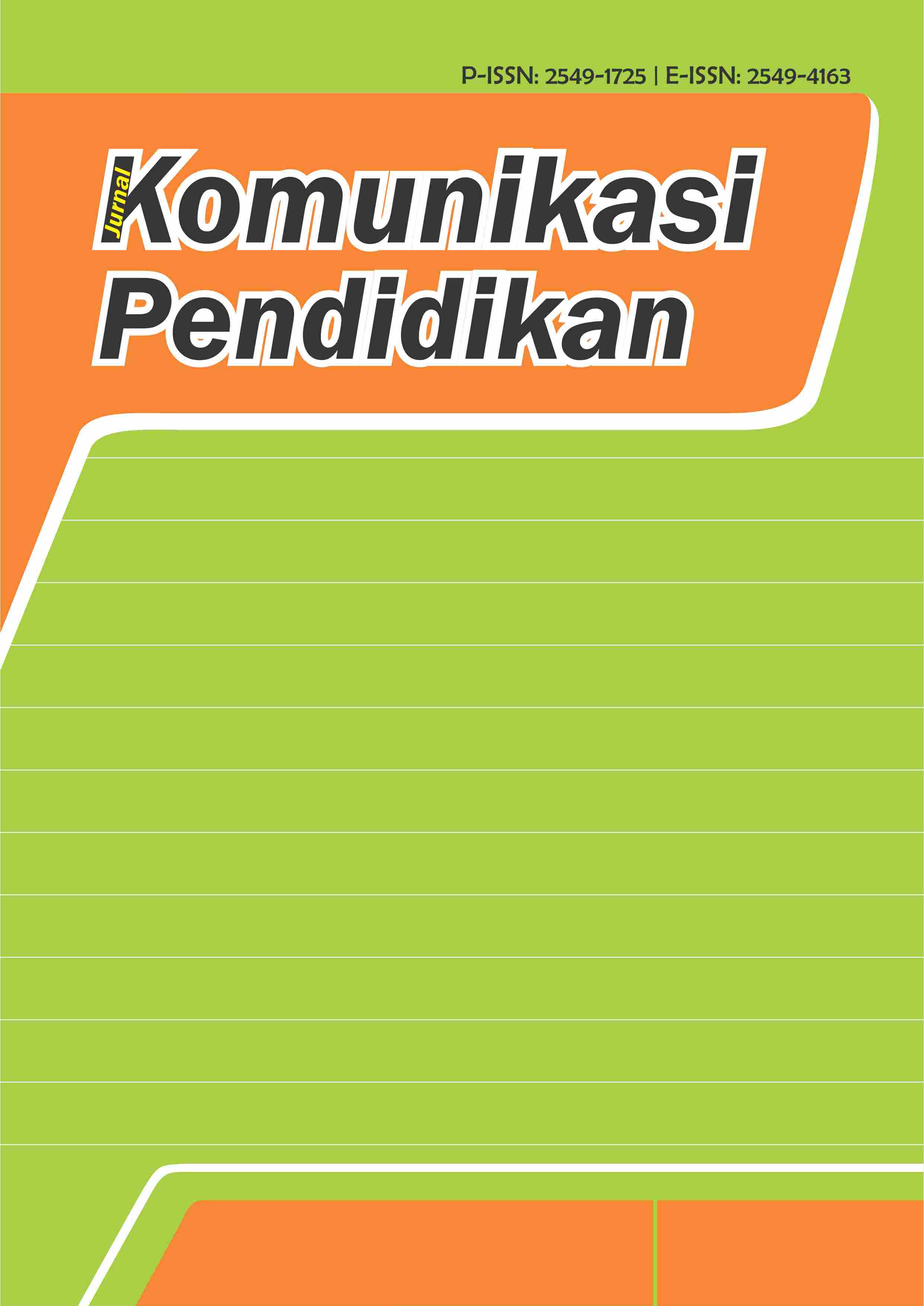Analysis of Learning Communication Using the Verbal Interaction Category Systems (VICS) Model for Prospective Vocational Teachers
DOI:
https://doi.org/10.32585/jurnalkomdik.v9i1.5832Abstract
This research is motivated by the lack of ability of prospective teachers in communicating with students which causes the learning process to be less effective. The purpose of this study is to analyze learning communication using the VICS (Verbal Interaction Category Systems) model for prospective vocational teachers in the Teaching Skills Practice (PKM). This research method uses a qualitative descriptive approach with case study analysis. The sample is students who are taking part in the Teaching Skills Practice (PKM) at SMK Teknik Bangunan as many as 3 people. Data collection uses interaction observation instruments, interviews and documentation. The results of the study showed that the average frequency of areas A, B, D, E, D, H, I was very high at 46.65% which stated that prospective teachers still dominate during learning activities compared to students, the frequency of areas C, G, J, K, L, M, P, Q, R was 30.37% which stated that there was already feedback interaction between prospective teachers and students, and the frequency of areas N, O, S, T was only 22.98% which stated that student activities were still too passive compared to teachers during the learning process in class. Thus, it can be concluded that learning communication carried out in teaching skills practice is dominated by the teacher.
Downloads
Downloads
Published
How to Cite
Issue
Section
License
Copyright (c) 2025 Tuti Iriani, Rosmawita Saleh, Ine Febriyanti

This work is licensed under a Creative Commons Attribution-ShareAlike 4.0 International License.
Authors who publish with the Jurnal Komunikasi Pendidikan agree to the following terms:
- Authors retain copyright and grant the journal the right of first publication with the work simultaneously licensed under a Creative Commons Attribution License (CC BY-SA 4.0) that allows others to share the work with an acknowledgment of the work's authorship and initial publication in this journal.
- Authors are able to enter into separate, additional contractual arrangements for the non-exclusive distribution of the journal's published version of the work (e.g., post it to an institutional repository or publish it in a book), with an acknowledgment of its initial publication in this journal.
- Authors are permitted and encouraged to post their work online (e.g., in institutional repositories or on their website) prior to and during the submission process, as it can lead to productive exchanges, as well as earlier and greater citation of published work.





